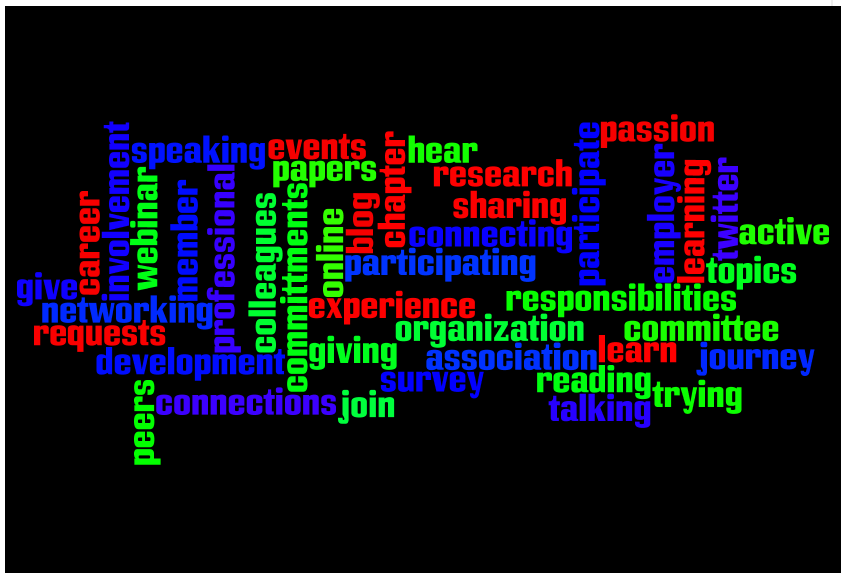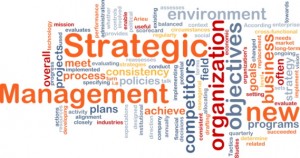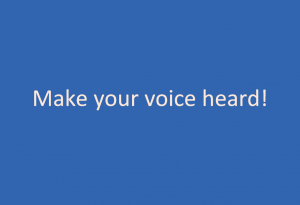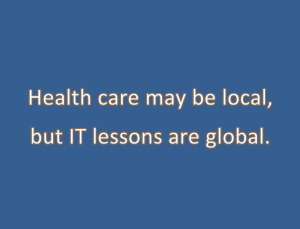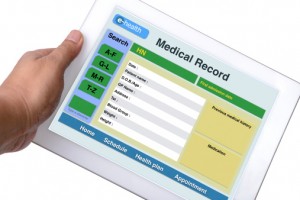You start in a new leadership position and you want to make changes. Should be easy, right? After all, you’re the boss. You call the shots.
Not so.
You inherit a history and a culture, ways of working and thinking and behaving. You inherit a leadership team and a staff. You inherit a department that works within a broader organization and its culture. Still, you are the leader; you can make some changes, but it will take more time.
When I started at UMHS, there had been a 6 month gap with an internal interim CIO. She had kept things going but was happy to handoff to me. Continue reading

